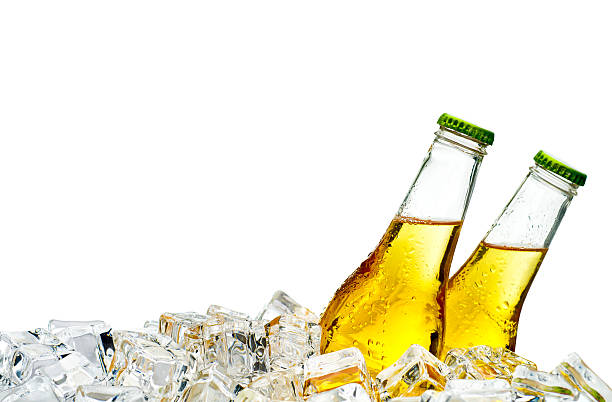
The Ultimate Guide to Beer Types
Lager vs. Ale
Are you ready for your mind to be blown? Abe Lincoln used to be a bartender before he became a lawyer. There are only two types of beer, lager and ale. Although fermentation usually determines a beer’s style, some beers are hybrids or defy categorization.
Craft Beer and Brewing Magazine states that lagers are made from one yeast strain, while ales are made using another. Lagers are typically fermented at cold temperatures, while ales ferment at higher temperatures. Lager beers can range from dark pilsners or bocks to lighter American lagers like Bud Light (one of our Top 10 Domestic Beers). This makes lager the most popular beer style. Ales on the other side range from super-hoppy IPAs and super malty stouts.
IBU & ABV: The Beer Technical Terms You Need to Know
Before we can break down the different beer styles, it is important to understand the technical terms ABV (or IBU) and IBU.
ABV
ABV, which stands for alcohol by volume, is something you are probably familiar with. It tells how much alcohol your beer contains. Beers have an ABV between 3% and 13%, while the majority are around 4% to 7%. Wine is approximately 8%-14%, while liquor is roughly 15%-50% ABV.
IBU
IBU is an international bitterness unit. This measurement tells how bitter a beer tastes. Beer can have IBUs ranging from zero (no bitterness) to over 100. A beer’s IBU count does not necessarily mean you will feel bitterness. High amounts of malt, for example, can mask bitterness but not alter the IBU count. We all have different tastes and perceptions of bitterness.
We still include IBU counts in our beer lists because they can provide a rough idea of how bitter each beer may be.
Beer Types
Although all beer is either ales or lagers, they can be made in various styles. There are more than 100 types of beer now, and the number keeps growing. It’s not common to hear craft beer enthusiasts talk about their favorite ale. Instead, it’s often something more complex such as a West Coast IPA (a regional version of the American IPA), a barrel-aged stout (a dark ale that gets extra flavor from liquor barrels), or any other variant.
We’ll highlight some of the most notable high-level styles and explain why they are so special. Many other beers you will see in your local beer shop are just subcategories.
Amber
Ambers can be ales, lagers or both. However, they are all named after their amber color. Both are known for their caramel-tasting, toasty malts and moderate to high hop bitterness. To balance the sweetness of their malt, they often contain notes of pine or citrus.
Bock
This dark, malty lager beer was first made in Einbeck, Germany. It is sweet and strong in tradition.
There are three versions: maibock has a lighter color with more hops; Doppelbock has a stronger flavor and higher ABV. Weizenbock is a wheat version that is as strong as a Doppelbock.
Dunkel
An IPA beer (or India pale ale) is a popular brew for craft beer drinkers. IPAs are known for their bitter taste and smell.
There are two versions: a double or imperial IPA which is a stronger version than a regular IPA with an ABV greater than 7.5%. A hazy IPA (also known as. The New England IPA, or juicy, is well-known for its fruity flavor, hazy appearance, and low bitterness.
Kolsch
This beer mix is made using both ale-lager brewing techniques. It is refreshing, light and easy to drink. Technically, Kolsch must be from Cologne, Germany. However, Kolsch-style beers can be found at craft breweries across America.